
“The achievements of our students have surpassed my expectations, and I am profoundly excited! Their in-depth research on the old town of Mombasa, with its novel perspectives and rich findings, make it hard to believe that they've only been in Mombasa for less than a week. Through your research, I have witnessed a profound familiarity with the history of the old town, as well as an innovative understanding of the local culture and architectural authenticity.”
From March 28 to April 6, a delegation of 17 CAUP members and students ,led by Professor Wu Jiang, Associate Professor Zhou Minghao, and Assistant Professor Wang Yanze, traveled to Kenya to collaborate with the Technical University of Mombasa (TUM) in conducting an international joint design course. During this period, the Tongji received a warm reception from Professor Laila U. Abubakar, the President of TUM, and presented the preliminary research and analysis results centered around the old town of Mombasa to a group of faculty and students from the Architecture Department of TUM in their teaching building. These sentiments were expressed by Professor Kalandar S. Kamalkhan, the head of the Architecture Department at TUM, after hearing the captivating presentation by the students.

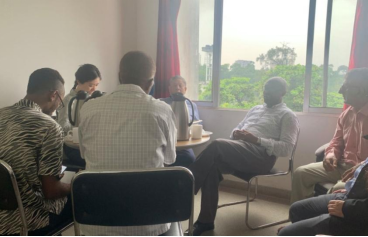
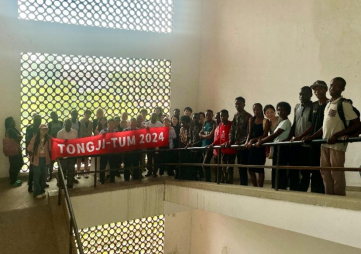
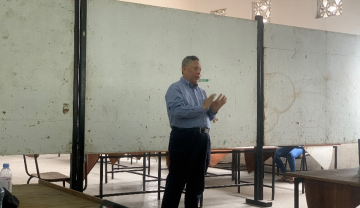
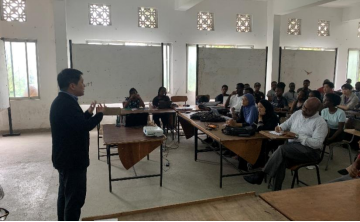

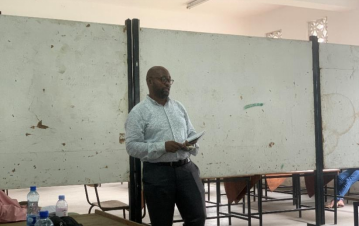
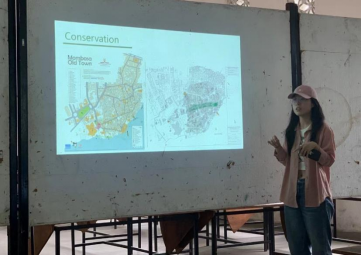
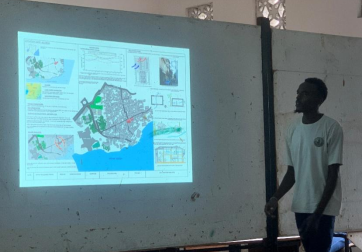
Mombasa, the second largest city in Kenya, Africa, stands as the largest port in East Africa and the capital of the Coast Province. It is also one of the oldest cities in East Africa. The Old Town of Mombasa has been designated as a Buffer Zone for the UNESCO World Heritage site Fort Jesus. This vibrant area is a melting pot of diverse cultures, including Arabic, Swahili, and modern European influences. Boasting a rich built heritage dating back to the 16th century and a unique way of life, the cityscape bears distinctive characteristics tailored to the tropical coastal climate. However, due to a lack of policy and funding support, the decline of the Old Town is visibly apparent. Finding a way to balance the overall protection of the Old Town with organic renewal has become a pressing challenge, one that has caught the attention of Tongji students.
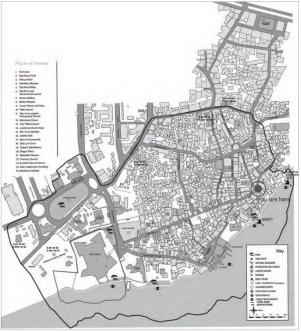

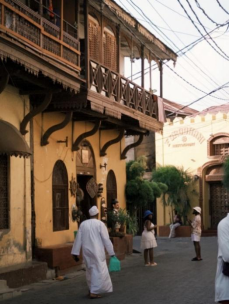
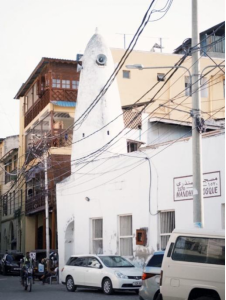
For over two years now, Tongji University and the Technical University of Mombasa (TUM) have been collaborating on a joint Sino-African design and research initiative focused on the heritage preservation and urban renewal of Mombasa's Old Town. This marks the first time that a Chinese university has engaged in such a long-term and systematic deep cooperation with an African institution in the fields of architectural design and urban planning, making it a milestone in academic collaboration.
The international joint design and research course for this semester, based on the Graduate Thematic Design IV program, comprises three distinct stages: Context Study, Urban Study, and Architectural Design. In the initial stage of Context Study, students identified four key themes - tourism, material & technique, public space, and settlement - through the collection, organization, and analysis of relevant literature. These themes were then further explored in the Urban Study phase, which followed on-site investigations in the Old Town.
During their visit to Mombasa, Tongji students, accompanied and assisted by local peers, successfully conducted research on the four identified themes. They conducted interviews, performed surveys, and gained a profound understanding of the built environment, historical and cultural context, and current developments in the Old Town. This invaluable experience laid a solid foundation for the Architectural Design phase that they will embark on after returning to China.
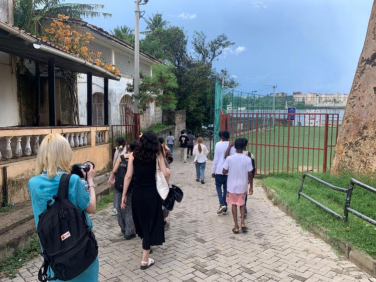
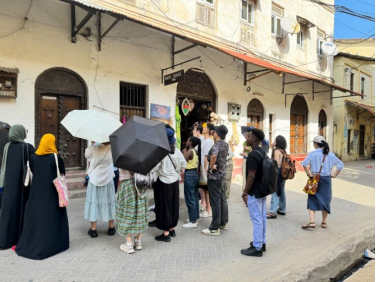


The pursuit of extensive support from international experts and organizations has always been a defining characteristic of the Sino-African Joint Design and Research Initiative between Tongji University and the Technical University of Mombasa. In 2023, the team made a special trip to the UN headquarters in Nairobi to present their research progress and design achievements to experts from UN-Habitat and UNESCO.
This year, after completing their research and visits in Mombasa, Tongji faculty and students once again visited the United Nations and toured its compound. Director Yang Rong, the Inter-Regional Advisor of UN-Habitat, warmly welcomed the student-faculty team and highly praised their professional expertise and comprehensive qualities. She encouraged them to actively apply for internships at UN-Habitat.
Mr. Wang Runze, who previously served as a Special Assistant to the former Executive Director of UN-Habitat, was specially invited to share with the students the organizational structure, work content, and major ongoing projects of UN-Habitat. This broadened the students' horizons and provided them with a deeper understanding of international organizations.
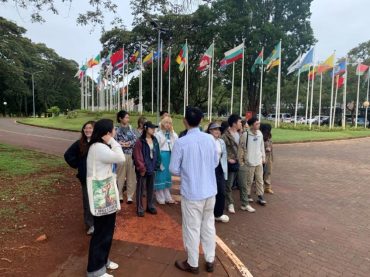
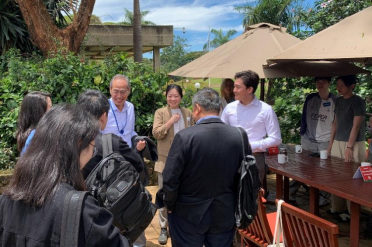
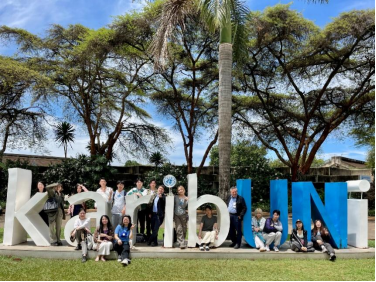
This trip to Kenya has further strengthened the close ties between our university, African institutions, and UN agencies, enhancing Tongji University's international influence in the fields of architectural design and urban planning. The students have also gained immensely from the experience! We eagerly anticipate seeing their outstanding research and design achievements by the end of the semester!
By:
ZHOU Minghao
WEN Huajing
LU Yejiong
 ABOUT US
ABOUT US




